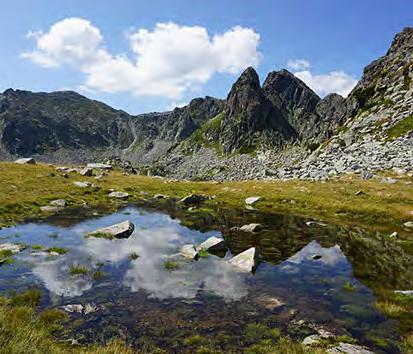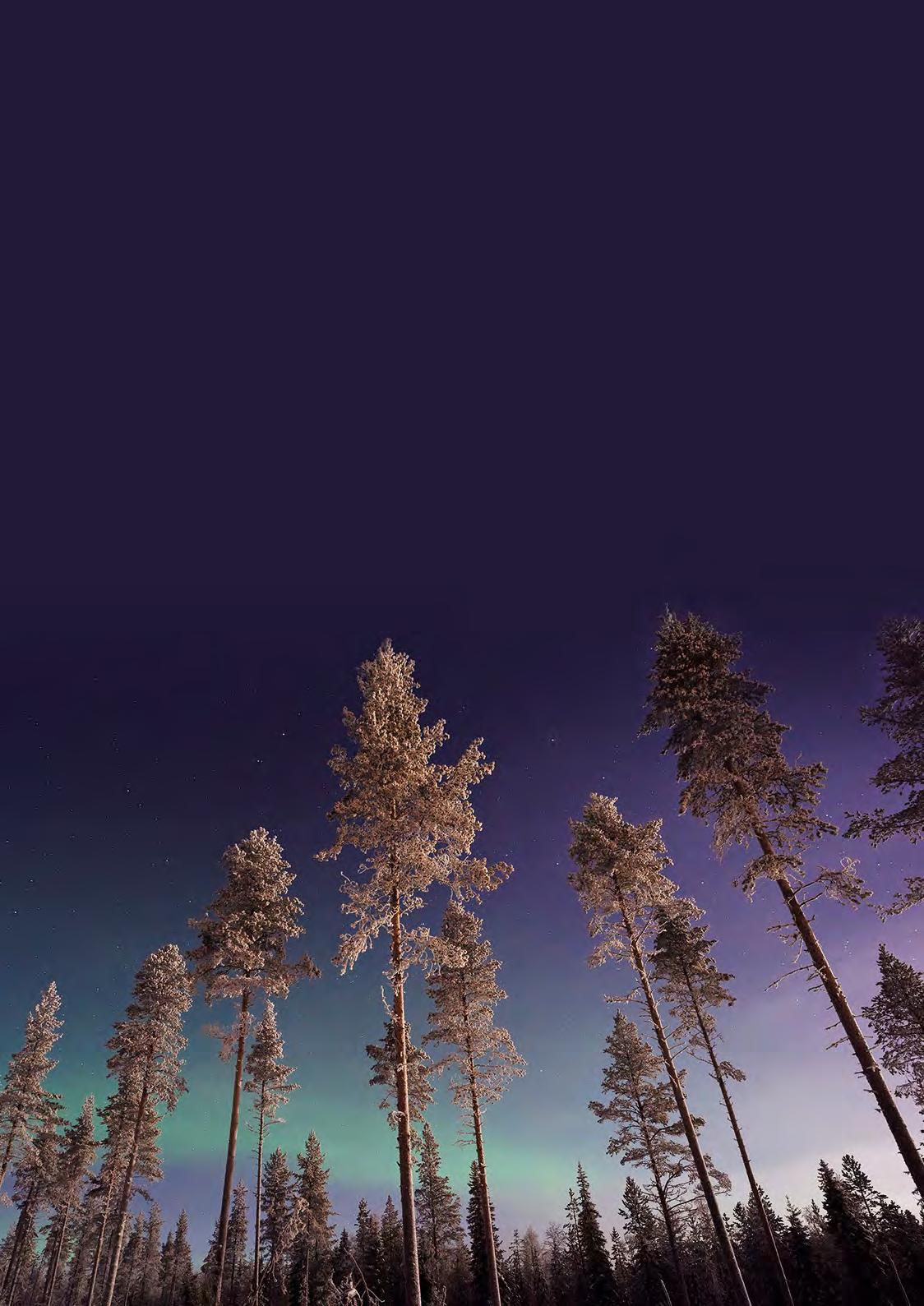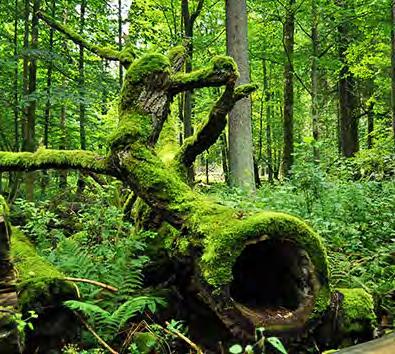
2 minute read
future-proof your holiday plans Five wild European habitats
THE CARPATHIAN MOUNTAINS
This chain of peaks stretches through central and Eastern Europe, including the Ukraine, Slovakia, Poland and Romania, where an initiative is underway to create one of Europe’s largest wilderness landscapes south of the Arctic Circle. Not-for-profit foundation Rewilding Europe is hoping eco-tourism will replace farming to increase the 1 million hectares of protected land already in place. The Carpathians’ pristine forests, peaks and lakes are home to wolf, Eurasian lynx, brown bear and wild cat and Rewilding Europe has worked with the charity WWF to bring European bison back to the region for the first time in 200 years.
Advertisement
Check o u t Rewilding Europe
Maria Mihaltan/Unsplash
four wild
EURO HABITS
Think you need to head to the Americas or Africa to find vast tracts of wilderness? Think again. Meet some of Europe’s most remote areas of mountains, trees and water


THE BIAŁOWIEŻA FOREST
This vast tract of forest consists of the remnants of several primeval forests and is a UNESCO Biosphere Reserve straddling the PolandBelarus border. The area is covered in thick woods with 500-year-old ancient oaks, wild meadows and deep river valleys. It’s a habitat for carnivorous wildlife that is rare in Europe, including otters, lynx and wolves, plus 900 European bison. During the German occupation of Poland the Nazis planned to create the world’s largest hunting grounds here and establish a kind of Jurassic Park by reintroducing prehistoric animals. Luckily the forest was left alone.

Andrei Prodan/Unsplash
Maria Vojtovicova/Unsplash
THE DANUBE DELTA
The mighty Danube River meets the Black Sea in the Ukraine and has formed Europe’s largest wetland area across Romania and Moldova too. The rich 580,000 hectare habitat is a wintering ground for migrating birds from the steppes, boreal forests and frozen tundra further north. The vast population of birds includes pelicans, herons, storks, cormorants and terns. The pristine forest is now attracting beavers while golden jackal and white-tailed eagles are also staging a comeback and the water harbours the largest number of fish species anywhere in Europe.

LAPLAND
Just the Finnish part of Lapland is home eight national parks and 12 wilderness areas but it also covers Sweden, Norway and Russia. Lemmenjoki National Park is named after the river that runs through it and leads into the homelands of the indigenous Sámi People. Further east, Urho Kekkonen National Park is part of the Saariselkä Wilderness area which stretches to Russia. Here, a network of wilderness huts connects forest, marshland and low fells home to bears, wolverines, golden eagles and thousands of free-grazing reindeer (plus Father Christmas, of course). It’s accessible on foot or cross country skis.










